Meet the collectives looking beyond the built environment at Chicago Architecture Biennial
The word ‘collective’ crops up quite a lot at this year’s Chicago Architecture Biennial. More and more, architecture studios are defining themselves as collectives in recognition of the important collaborative and multi-disciplinary work that goes on. A collective implies democracy, team-work and group vision. Collective thinking is also a growing part of the architecture and design process, particularly at this biennial, where the definition of architecture moves beyond its own practice and out into the real world, involving communities, policy-makers and planners.
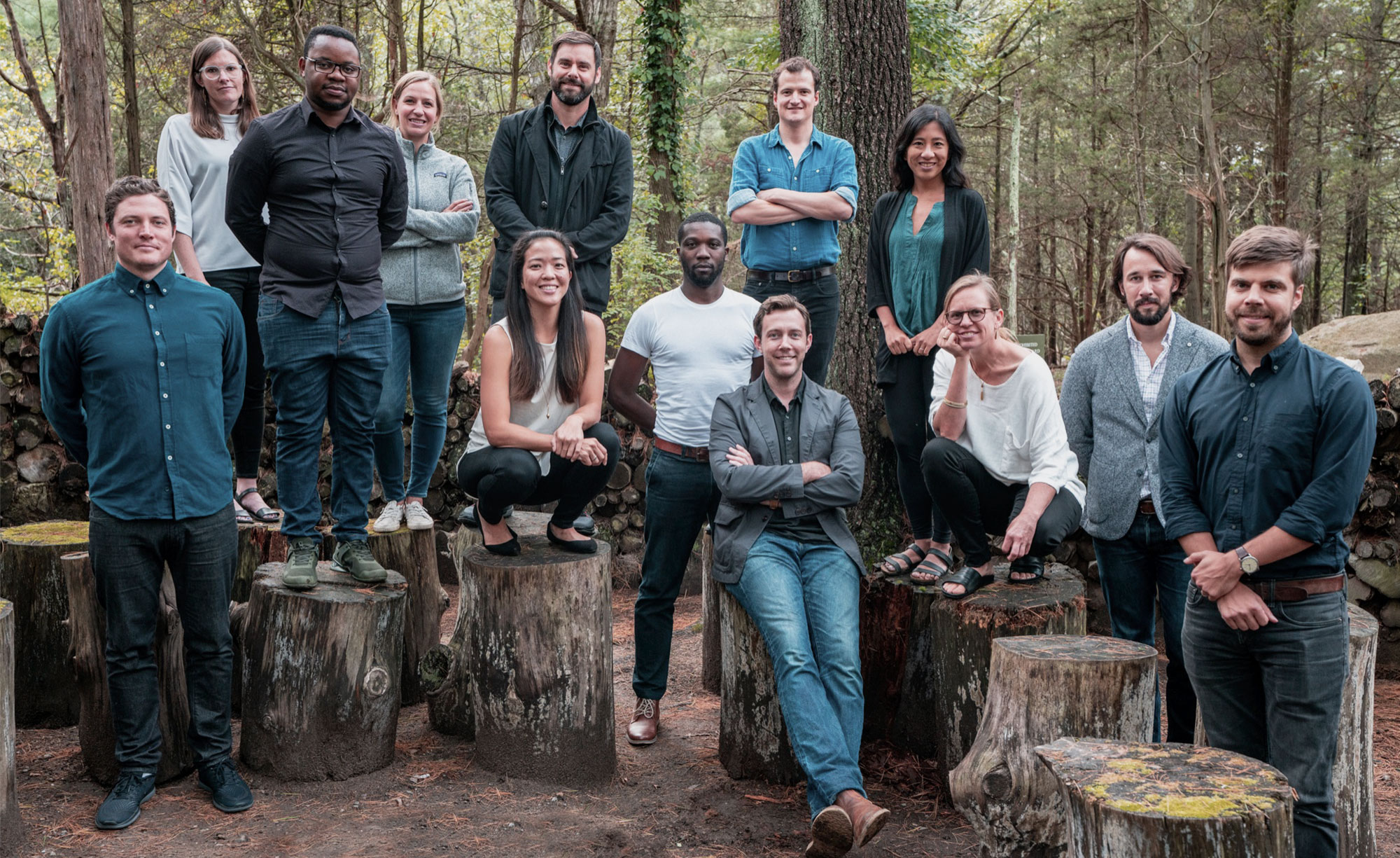
Meet MASS Design Group, a nonprofit architecture and design collective of over 100 employees across three offices, working to advance justice and improve community health through design. MASS stands for Model of Architecture Serving Society. At the Chicago Architecture Biennial, in partnership with the artist Hank Willis Thomas and gun violence prevention organisations Everytown for Gun Safety and Purpose Over Pain, MASS presents The Gun Violence Memorial Project. The piece is a physical representation of the many gun-related deaths that occur over a single month in the US. Combining architecture with memory, advocacy and objects, it is both a memorial and an archive.
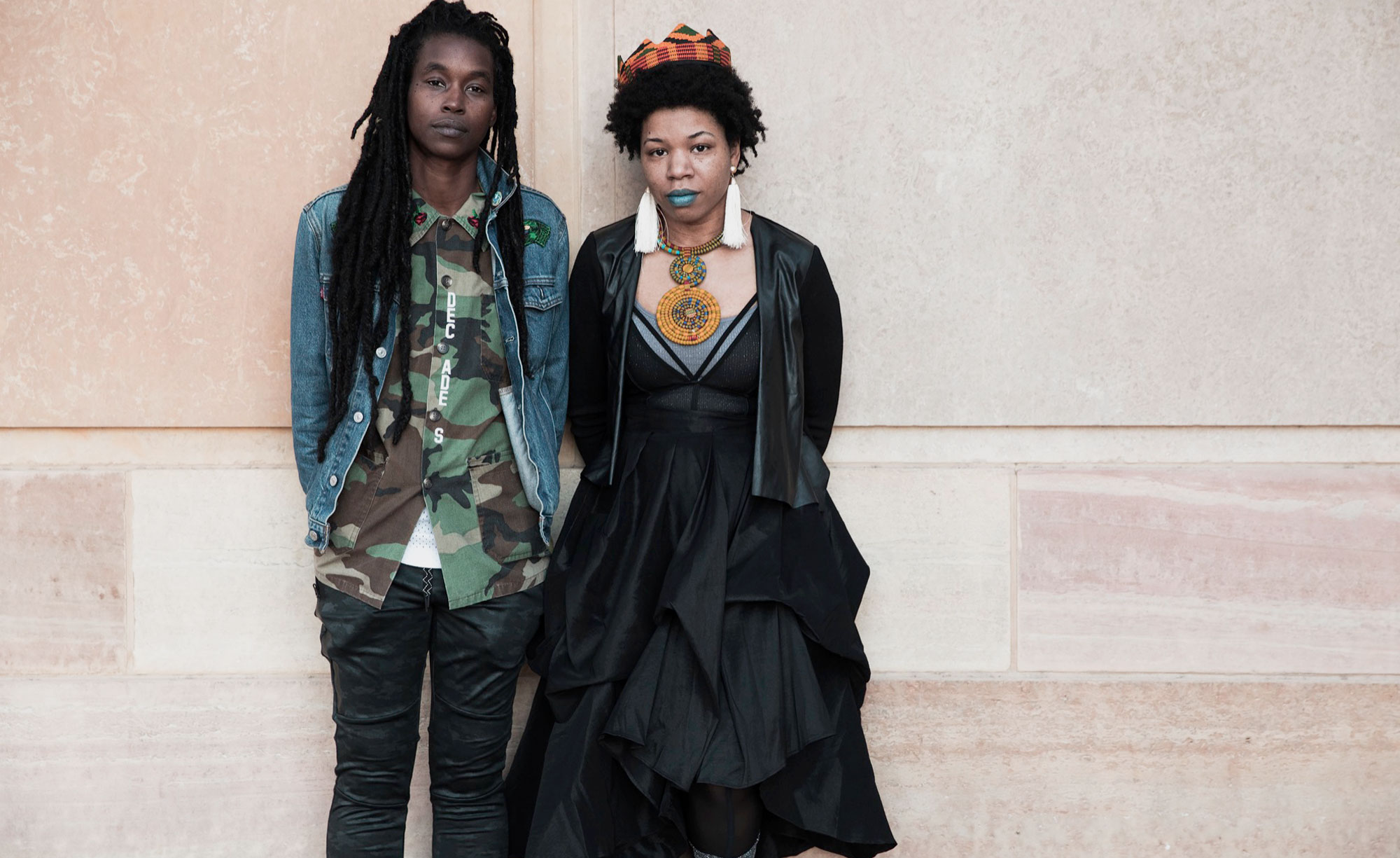
Camae Ayewa and Rasheedah Phillips make up Black Quantum Futurism, a Philadelphia-based interdisciplinary creative practice working across writing, film, visual art, performance, sound, socially engaged art, and creative research. They have brought the Community Futures Lab to the Chicago Architecture Biennial, which encourages Chicago residents and visitors to contribute personal accounts of living in Chicago – good and bad. Employing values of community collectivity, the project combines oral recordings of Chicagoans with crowd-sourced discussions on quantum physics, Afrofuturism and Afro-diasporic concepts of time, through which we can learn – and apply to architectural design.
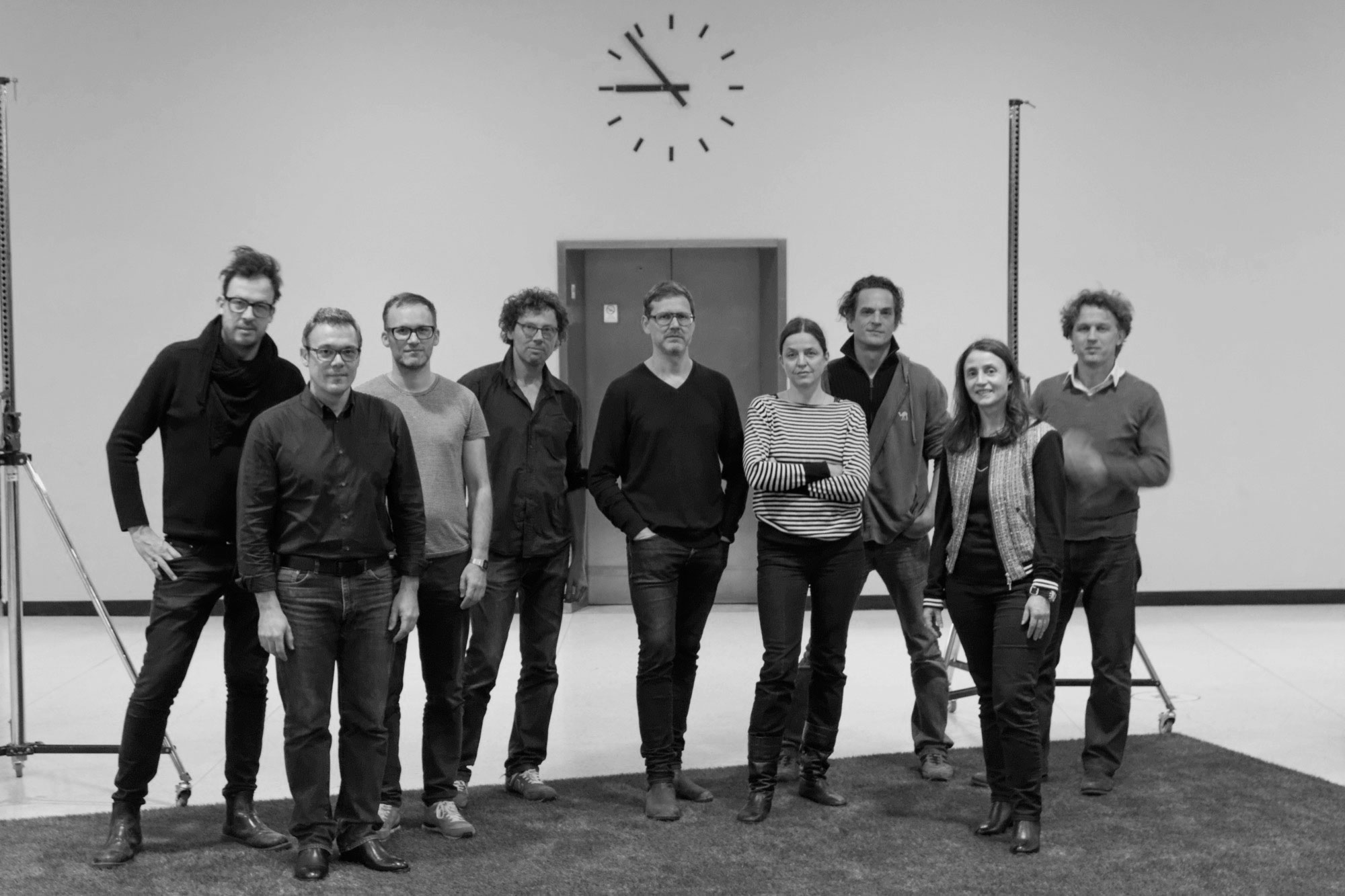
A collective of nine architects, Berlin-based Raumlabor works at the intersection of architecture, city planning, art and urban intervention, particularly interested in abandoned or left-over sites. Their style of 'reserach-based design' involves initiating processes and opening up opportunities, instead of reaching a solution. At the Chicago Architceture Biennial, they continue work on the Open Raumlabor University, an ongoing project that began in 2014. A fictional institution and a mobile workshop, it invites users to form a temporary collective, learning lessons from Raumlabor’s previous projects and thinking about how we can co-produce the city better.
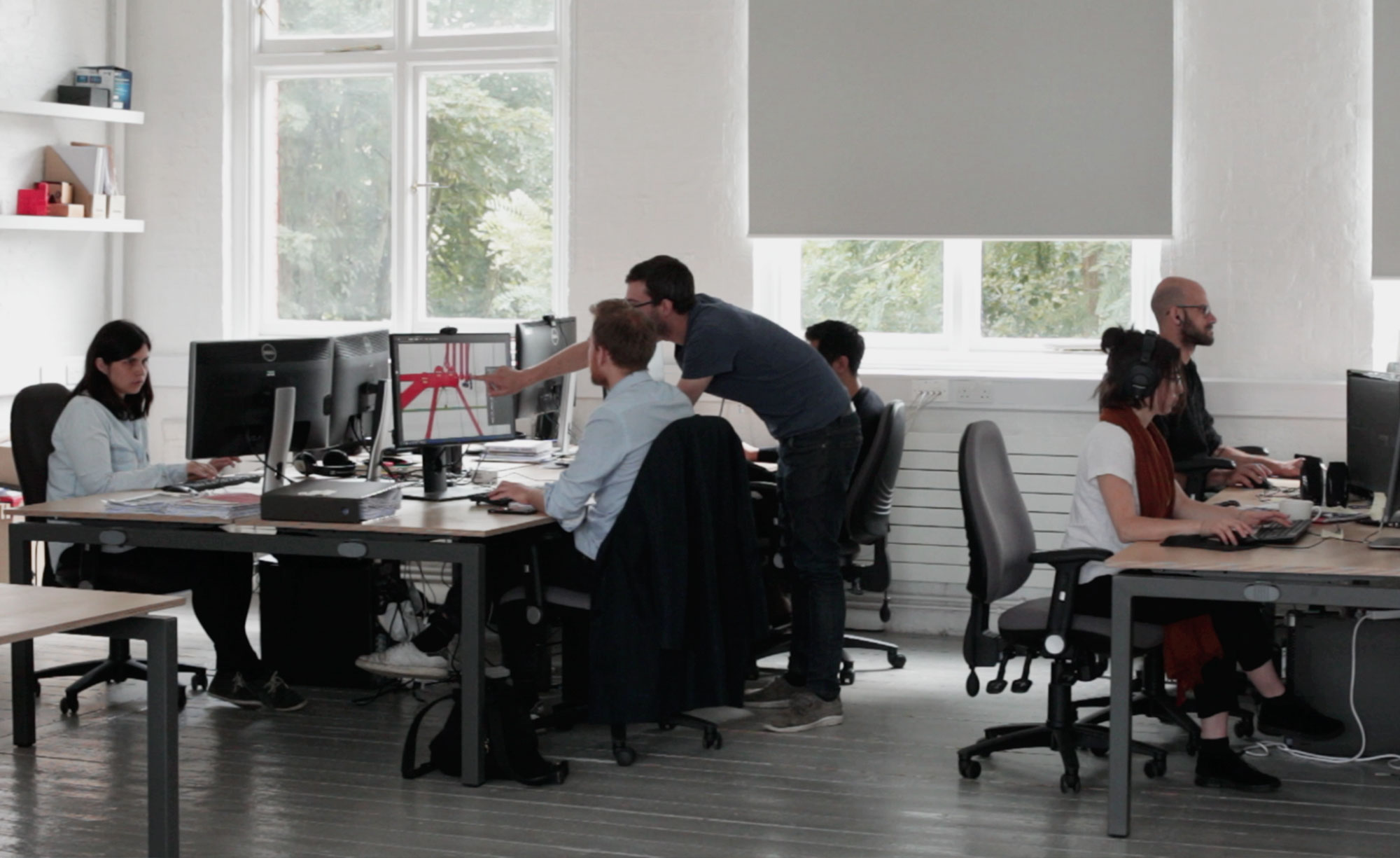
Forensic Architecture, the research agency based at Goldsmiths University in London and founded by Eyal Weizman in 2010, is made up of a team of architects, scholars, filmmakers, designers, lawyers and scientists. Combining skill sets and knowledge, they provide spatial analysis in legal and political forums, working for international prosecution teams, political organizations, NGOs, and the UN. For the Chicago Architecture Biennial, they teamed up with Chicago based Invisible Institute, an investigative journalism production company, to create the work titled ‘The Killing of Harith Augustus’. This investigates the 2018 police killing of a local barber in Chicago using forensic and journalistic techniques, resulting in a contesting of the outcome of the case.
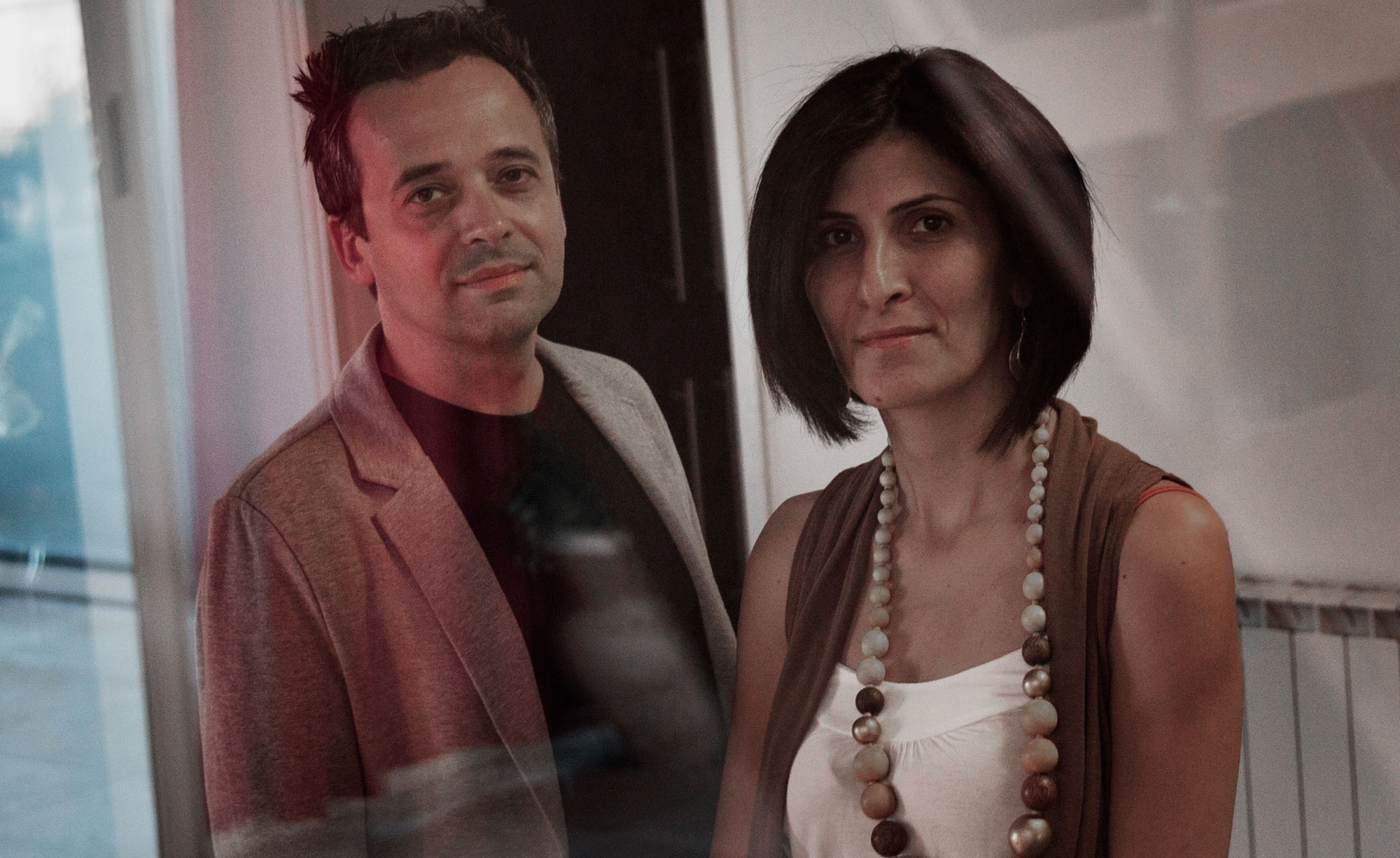
Urban design and research studio-workshop founded in Chicago by Paola Aguirre Serrano, Borderless Studio works with interdisciplinary projects, creative city design and civic engagement interventions that explore how architecture affects social equity. The Bronzville (+) project features at the Chicago Architecture Biennial and is a community-based initiative centred at the Anthony Overton Elementary School in the south of Chicago that was closed down in 2011. A new map of the neighbourhood drawn on the playground is designed as a collective tool for the community to use for local encounters and exploratory walks.
Receive our daily digest of inspiration, escapism and design stories from around the world direct to your inbox.
Ellie Stathaki is the Architecture & Environment Director at Wallpaper*. She trained as an architect at the Aristotle University of Thessaloniki in Greece and studied architectural history at the Bartlett in London. Now an established journalist, she has been a member of the Wallpaper* team since 2006, visiting buildings across the globe and interviewing leading architects such as Tadao Ando and Rem Koolhaas. Ellie has also taken part in judging panels, moderated events, curated shows and contributed in books, such as The Contemporary House (Thames & Hudson, 2018), Glenn Sestig Architecture Diary (2020) and House London (2022).
-
 The Wallpaper* gift guide for the travel obsessed
The Wallpaper* gift guide for the travel obsessedConstant wanderlust is a surprisingly useful trait when it comes to gifting. Explore what to gift the discerning globetrotter
-
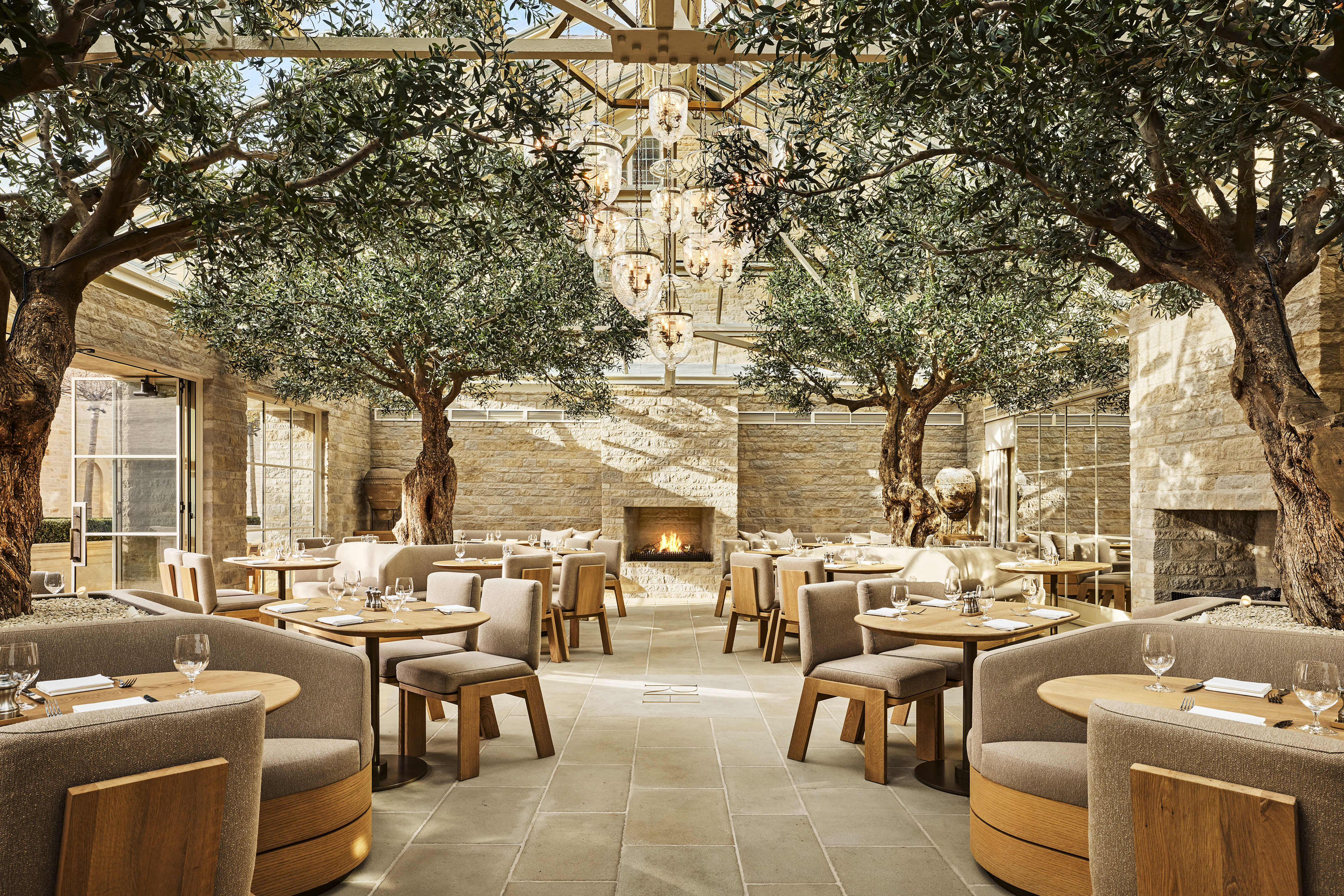 Inside the new Conservatory at RH England, Aynho Park
Inside the new Conservatory at RH England, Aynho ParkRH unveils a conservatory dining space at its English estate and design showcase, featuring a bespoke chandelier designed by Anouska Hempel
-
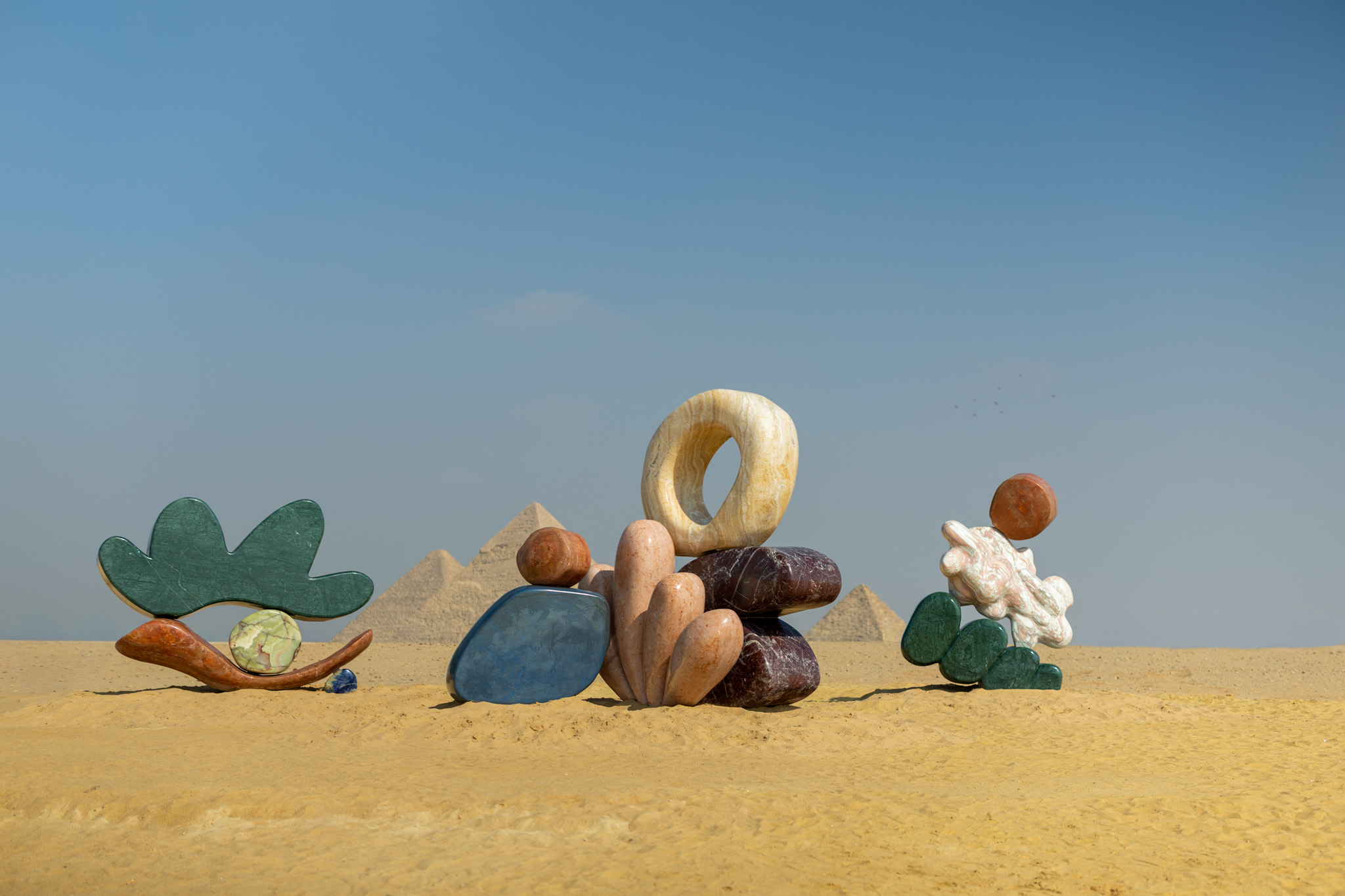 The Pyramids have a rival – monumental stone sculptures pop up in Giza
The Pyramids have a rival – monumental stone sculptures pop up in GizaOn the Giza Plateau, as part of Art d’Egypte’s ‘Forever is Now 05’, Studio Proba and SolidNature unveil sculptures celebrating geological colour, structural ingenuity and calibrated form
-
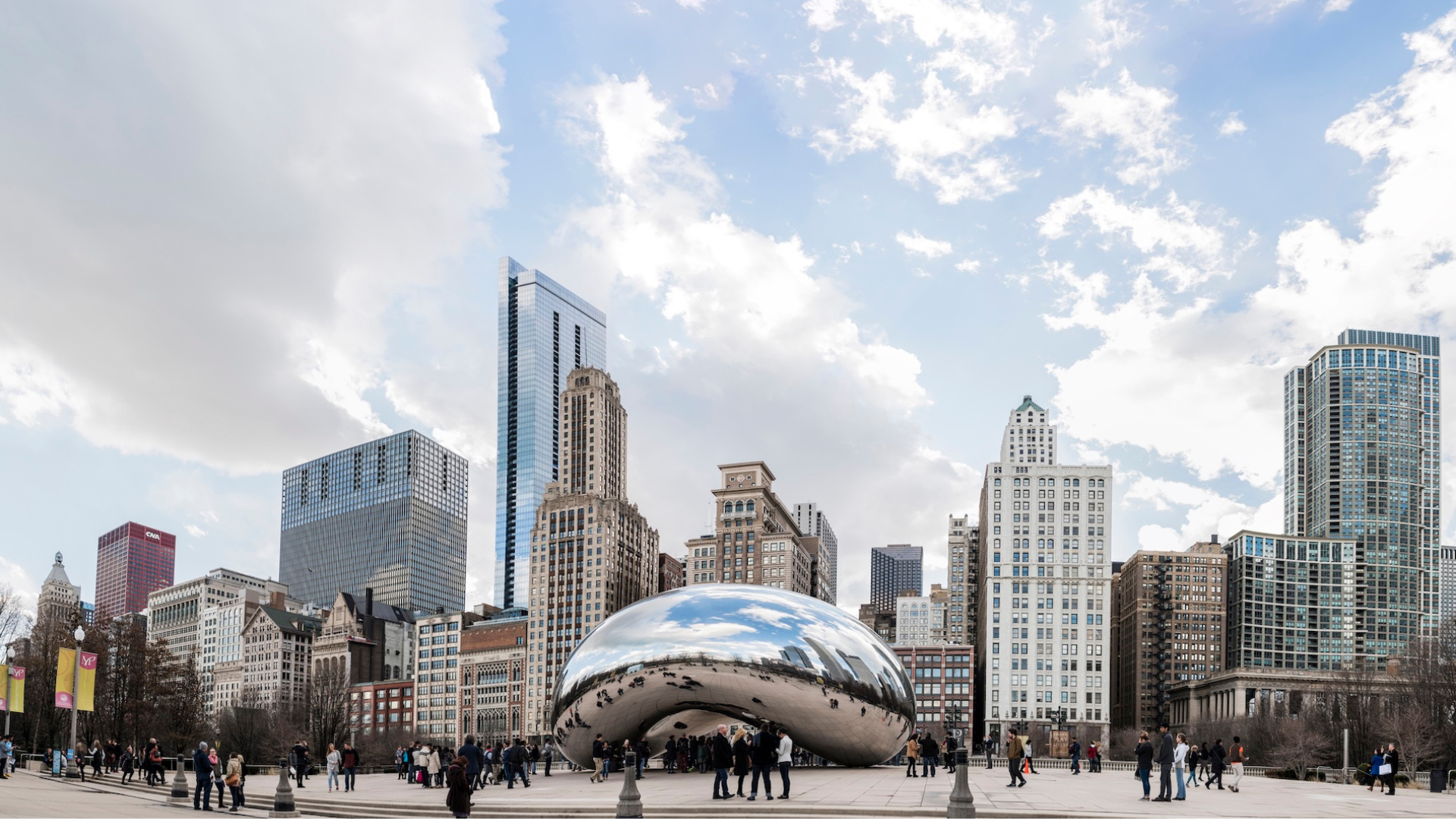 Everything you need to know about the 2025 Chicago Architecture Biennial
Everything you need to know about the 2025 Chicago Architecture BiennialMark your calendars because North America's biggest architecture celebration touches down in the Windy City starting 19 September. Here's what's on
-
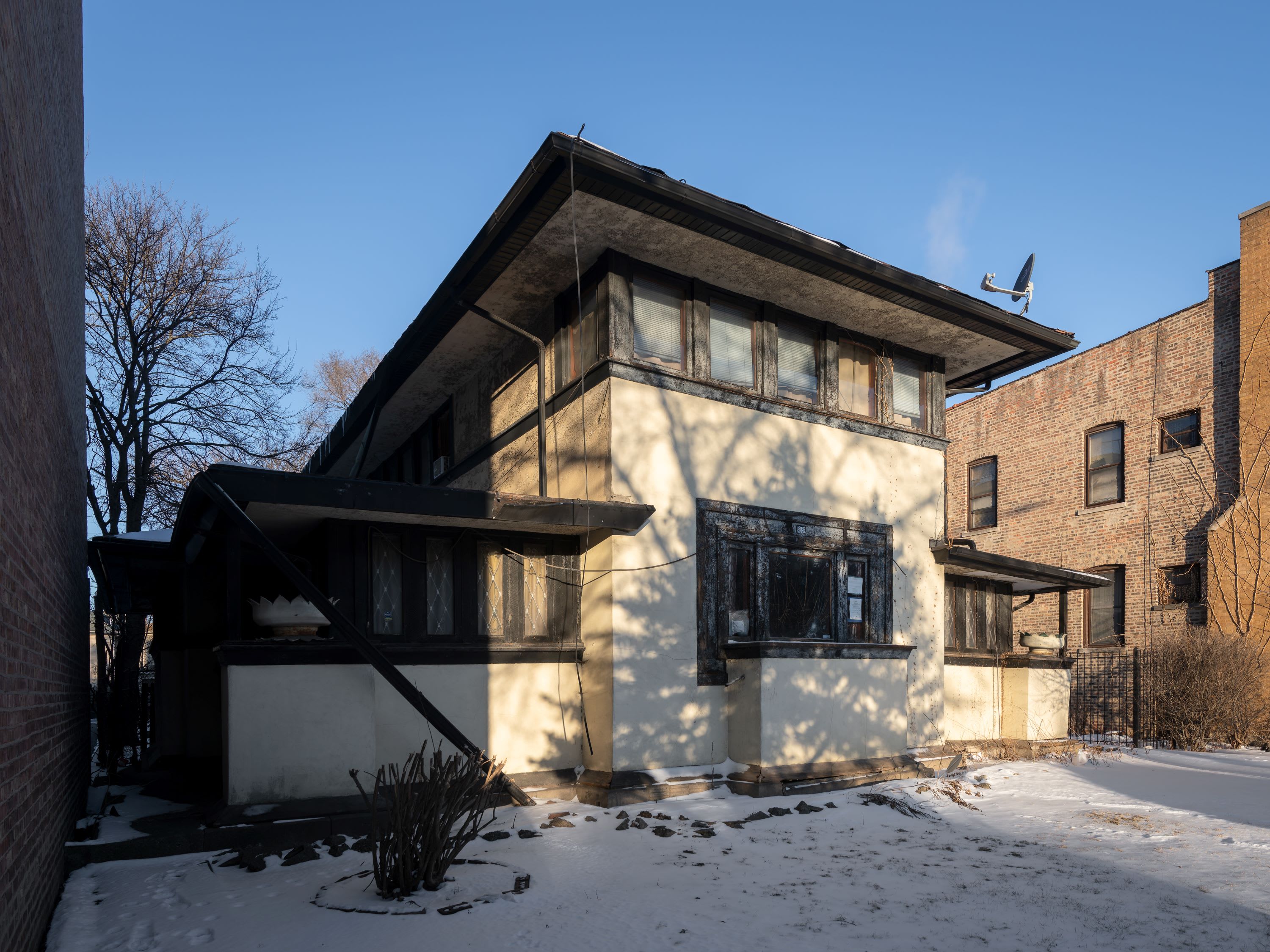 Why this rare Frank Lloyd Wright house is considered one of Chicago’s ‘most endangered’ buildings
Why this rare Frank Lloyd Wright house is considered one of Chicago’s ‘most endangered’ buildingsThe JJ Walser House has sat derelict for six years. But preservationists hope the building will have a vibrant second act
-
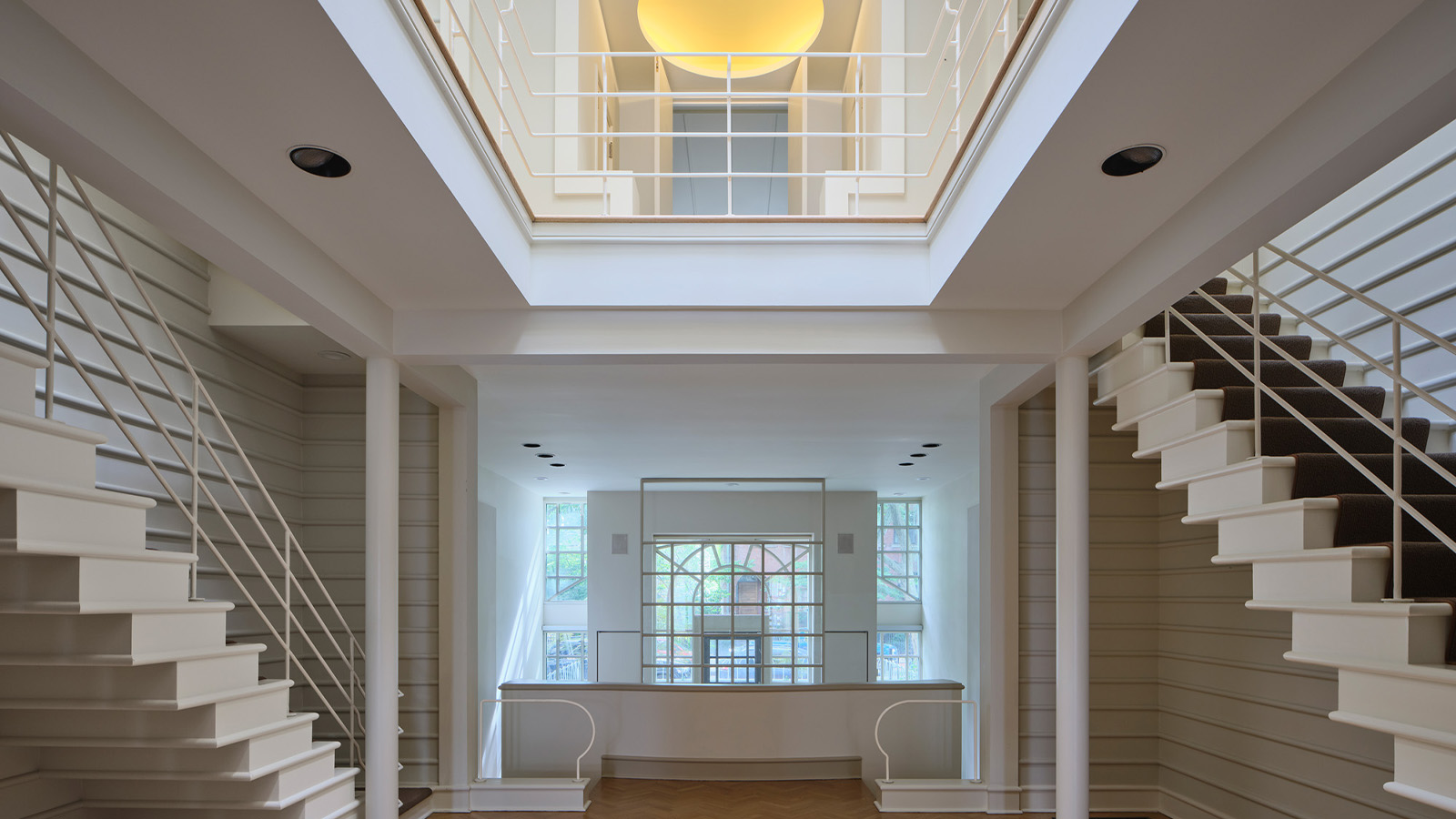 Larry Booth's 'House of Light' showcases an impeccable slice of postmodernist heritage
Larry Booth's 'House of Light' showcases an impeccable slice of postmodernist heritageA 1980s Larry Booth-designed Chicago townhouse on a narrow plot is a striking example of his author's work, set alongside the city’s postmodernist archive
-
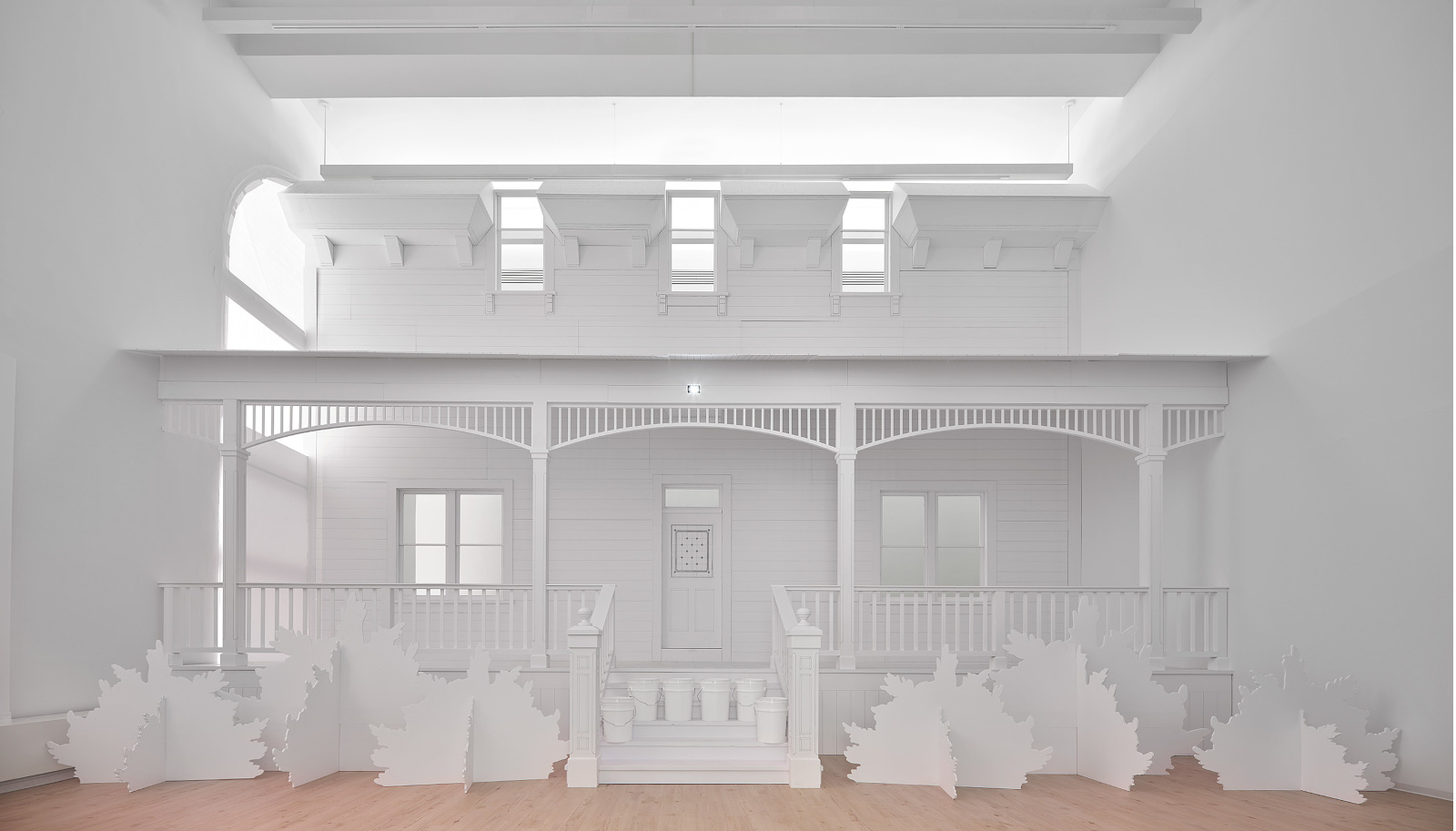 Chicago Architecture Biennial 2023 launches diverse survey of the built environment
Chicago Architecture Biennial 2023 launches diverse survey of the built environmentThe Chicago Architecture Biennial 2023 opens at the Chicago Cultural Centre and across the city, hosting an array of international design in the event’s fifth edition
-
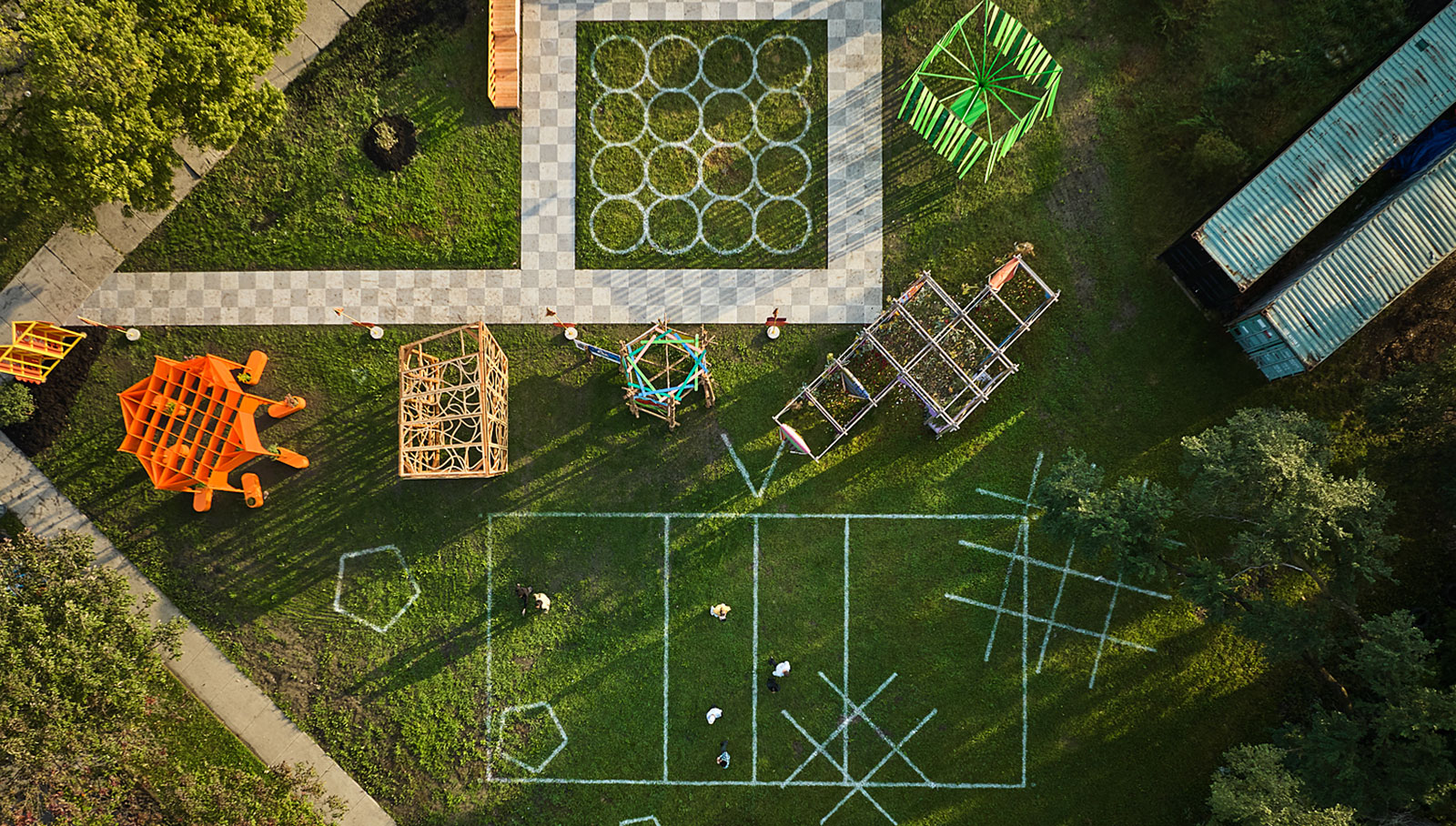 At Chicago Sukkah Design Festival 2023 six pavilions bring together local communities
At Chicago Sukkah Design Festival 2023 six pavilions bring together local communitiesAt the Chicago Sukkah Design Festival 2023, temporary pavilions celebrate local communities and migratory cultural traditions in the North Lawndale neighbourhood
-
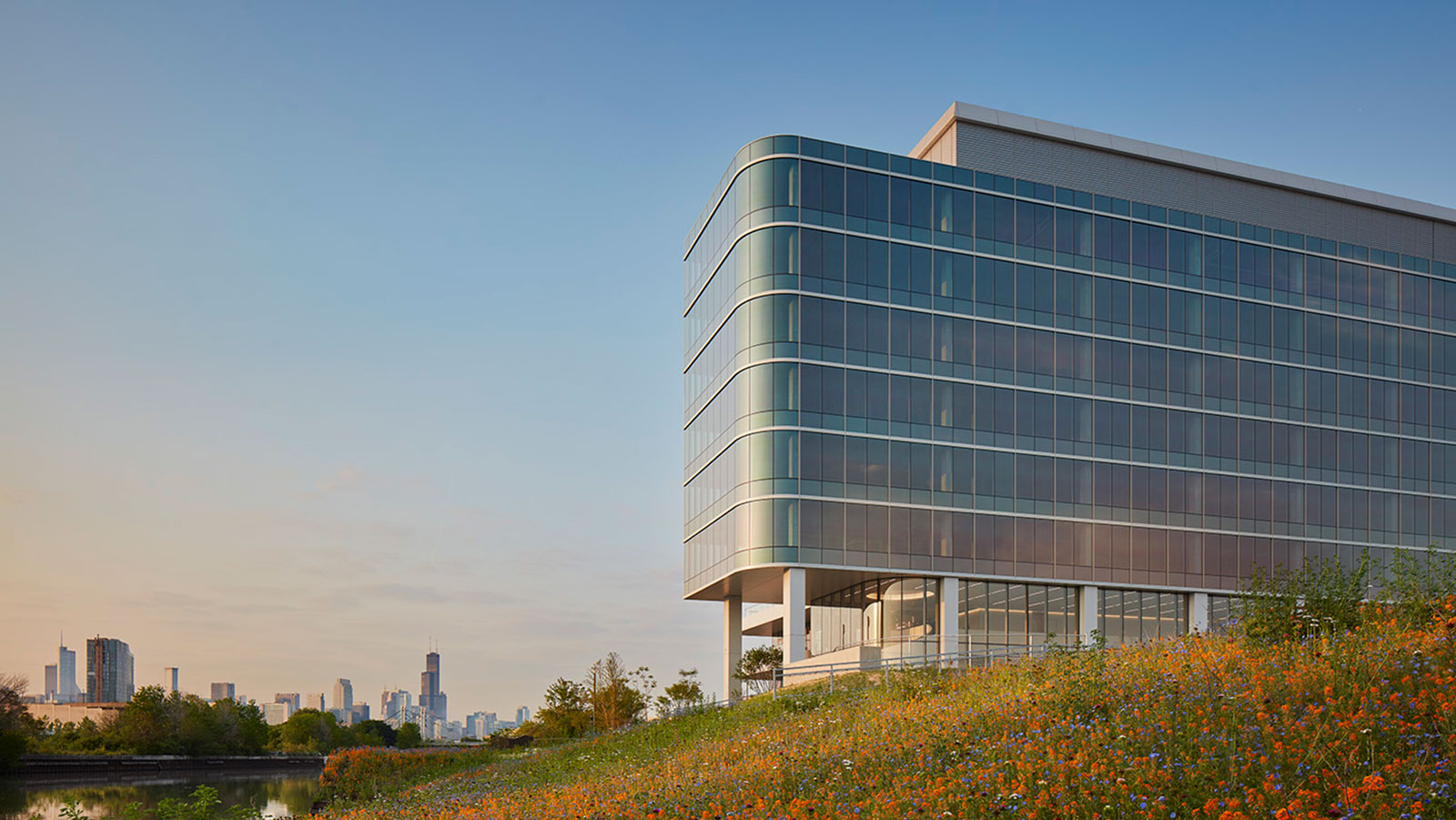 Chicago science lab invites wellness and design drama to the workspace
Chicago science lab invites wellness and design drama to the workspaceA luxurious science lab by Gensler with Sterling Bay Design Studio brings indulgence to this type of workspace; welcome to 1229 West Concord in Chicago’s Lincoln Yards
-
 ‘Be Careful, I Always Am’: Emmett Till memory honoured through Germane Barnes installation
‘Be Careful, I Always Am’: Emmett Till memory honoured through Germane Barnes installationAn installation by Germane Barnes honours the memory of Emmett Till in Chicago, and marks the start of renovations to transform Till’s house into a museum
-
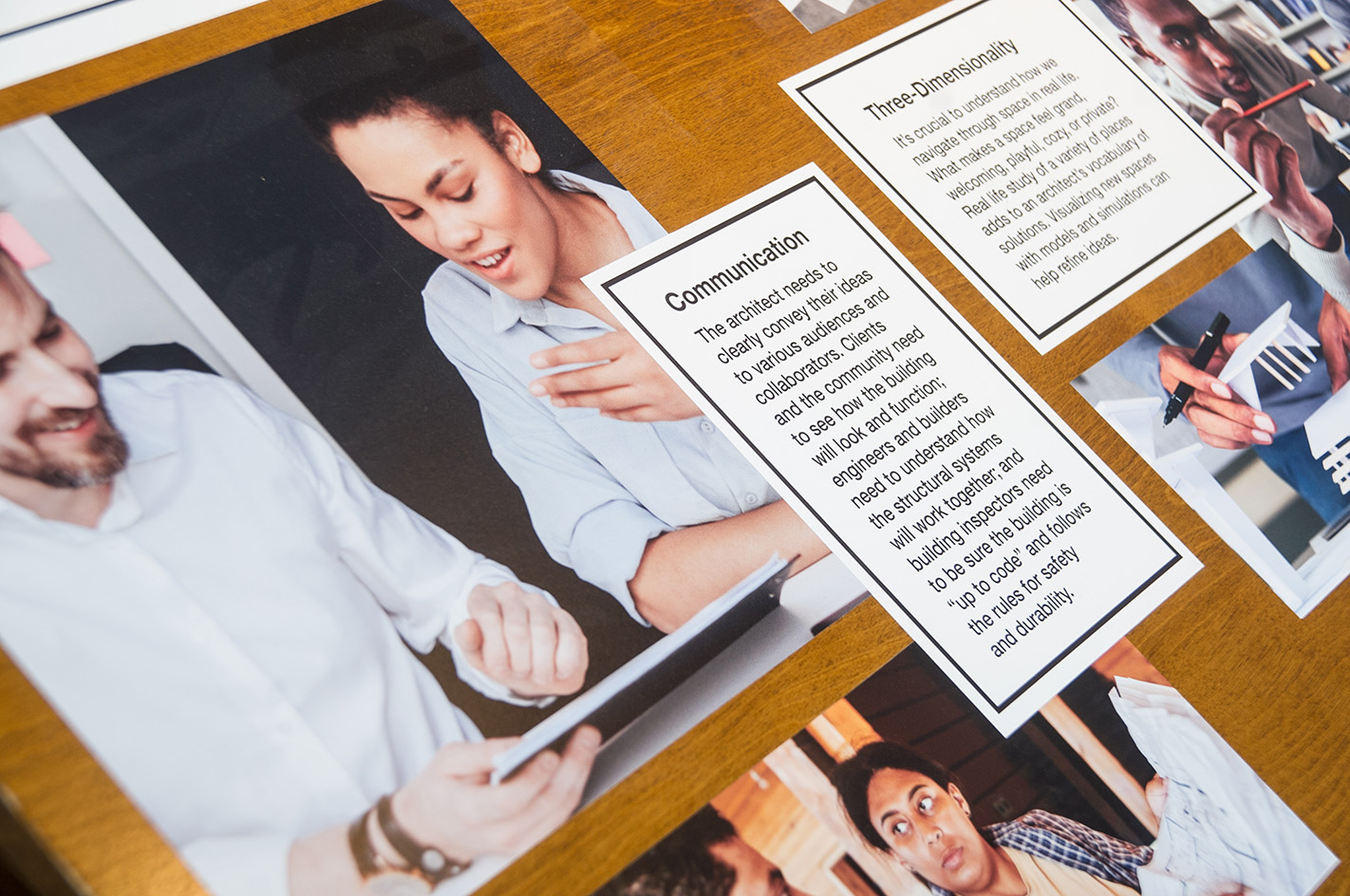 Black Creativity in architecture celebrated in Chicago exhibition
Black Creativity in architecture celebrated in Chicago exhibitionNew exhibition in Chicago is centred on honouring Black Creativity in architecture through the ages